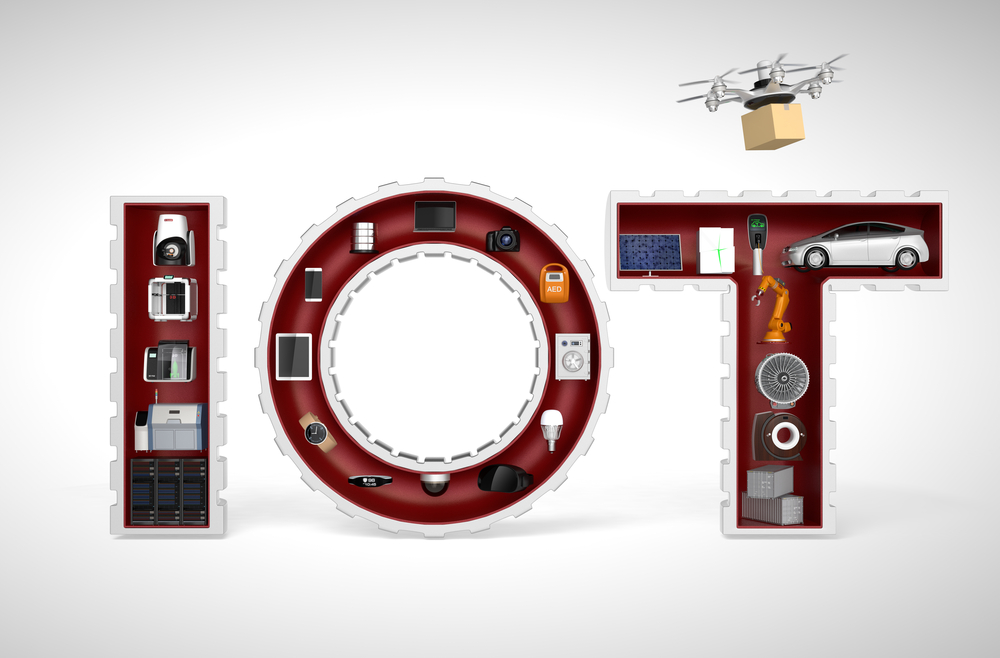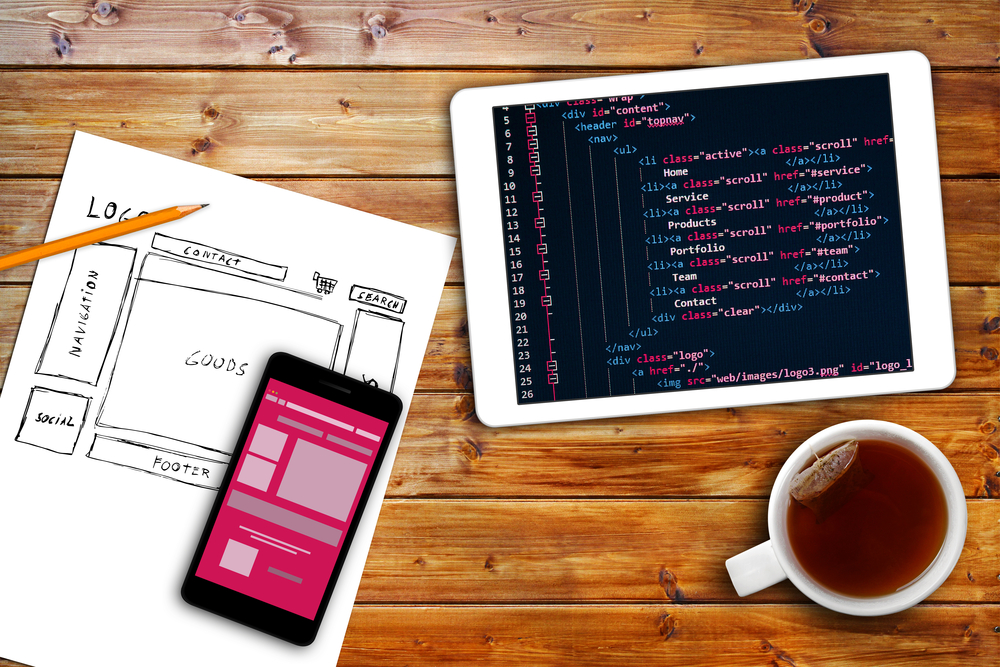
The Internet of Things and the (R)Evolution of Manufacturing
Manufacturing is about to undergo a transformation that could have similar consequences as the Industrial Revolution, which took place from the 18th to 19th centuries and completely changed the face of, up to that time, rural Europe and America. That’s because the Internet of Things and smart manufacturing can create the perfect decision-making environment and help companies of all sizes optimize all aspects of their operations and maximize their revenue, as illustrated by King’s Hawaiian, producers of frozen entrees in a bowl as well as Hawaiian bread. The company managed to put out extra 180,000 pounds of bread every day, thus effectively doubling their previous production, as reported by Forbes.The same story of success can also be told by General Electric. More than 10,000 sensors on their Durathon battery factory in Schenectady provides the company with non-stop stream of data. Using cutting-edge statistical approaches and Big Data analysis, General Electric can get an instant overview of their entire production and tweak it as they see fit. According to Industry Week, the Siemens’ electronics manufacturing plant in Amberg, Germany uses around 1,000 controllers to handle up to 75 percent of the value chain autonomously.
Given these fascinating examples, it may come as a surprise that “only 10 percent of industrial operations are currently using the connected enterprise,” according to John Nesi, vice president of market development at Rockwell Automation. What’s more, apparently, one in five factories today are completely cut off from the Internet, as discovered by SCM World’s recent survey.
However, this number is expected to drop to near zero in just the next five years, resulting in almost 50 billion connected endpoints. It won’t take a long time before every single instrument, machine, and part is aware of all other parts around it.



